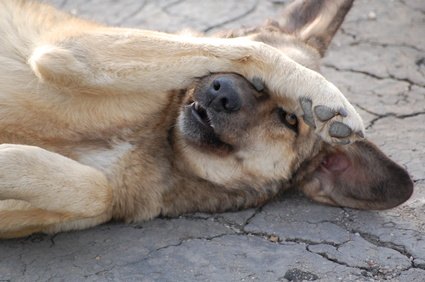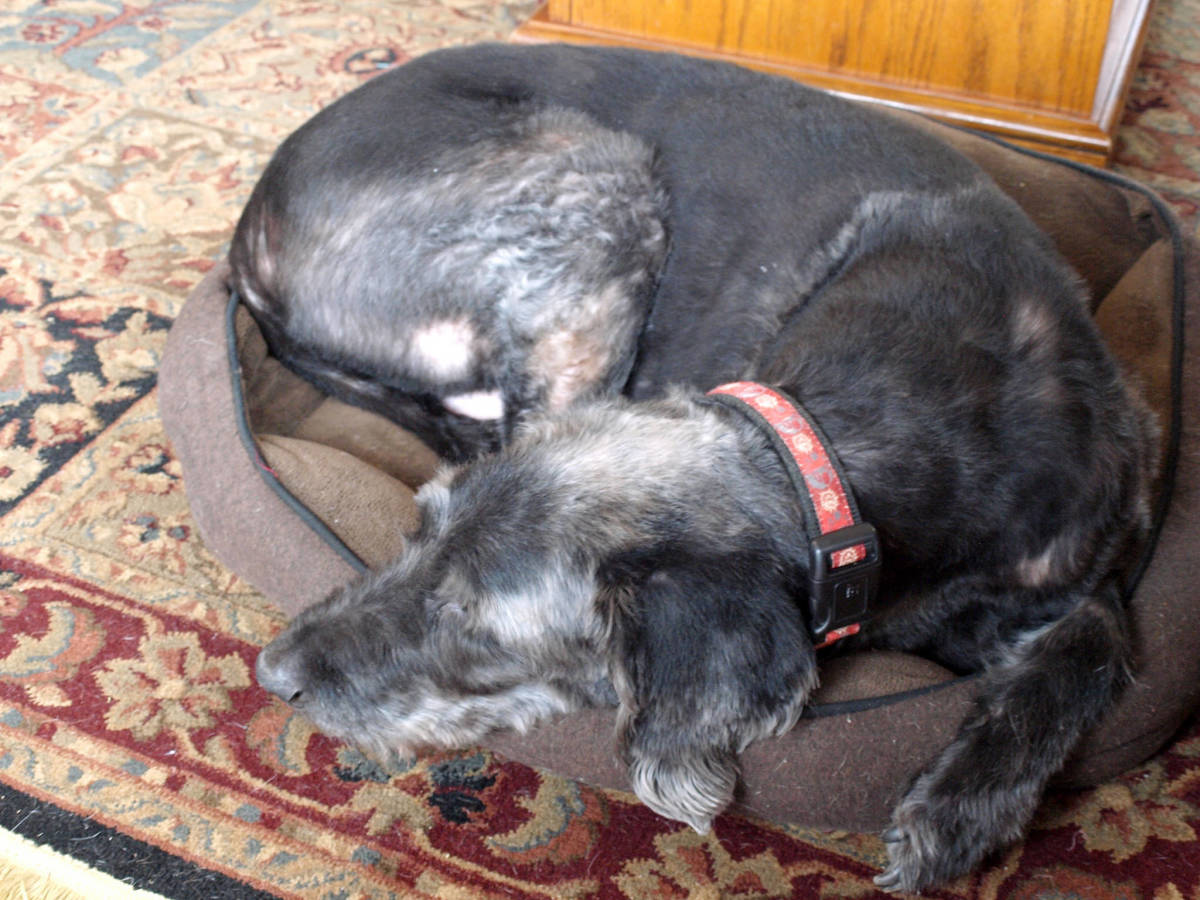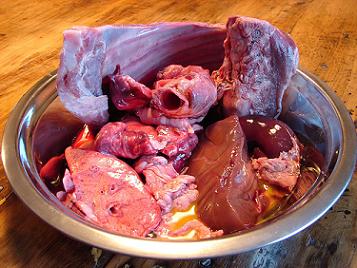Autoimmune hemolytic anemia (AIHA) and immune-mediated thrombocytopenia (IMT) are two types of autoimmune blood diseases of dogs. In AIHA, the red blood cells become defective and the immune system destroys them, causing anemia. Symptoms can include weakness, lethargy, changes in heart rate, heart murmurs, decreased appetite and pale mucous membranes. In severe cases the dog can appear jaundiced and collapse. In IMT, the thrombocytes (the clotting cells in the blood) are destroyed. These dogs will bruise easily, bleed excessively, and might have blood in their urine or their stool.
When autoimmune disease attacks the dog's nerves and muscles, you can see weakness, stiffness, and paralysis of the muscles in the face, the eyelids or in the dog's limbs (causing him to knuckle under or drag one or more of his feet). Some dogs will have severe muscle wasting and difficulty eating and/or swallowing. These dogs often can't tolerate exercise.
Rheumatoid arthritis is an autoimmune joint disease. Symptoms can include shifting leg lameness, swollen joints, crepitus (a crackling noise in the joints when they're manipulated), a restricted range of motion, joint pain in dogs and often fever. In some cases, the dog's lymph nodes might be swollen.
Various organs can be affected by autoimmune disease, for example the eyes, the thyroid gland, the adrenal gland and the intestines. In the eyes, signs can include dry eye, infections in the eyelid glands, ulcerations and fatty deposits in the eye. Autoimmune thyroiditis is the most common form of canine thyroid disease. Symptoms can include lethargy, exercise intolerance, weight gain, chronic infections, reproductive problems, poor hair coat and sometimes neurologic signs, like seizures. Addison's disease is an autoimmune disease of the adrenal gland, which can produce loss of appetite, depression, abdominal pain, increased water consumption and urination. In severe cases it can result in kidney failure and collapse. Inflammatory bowel disease involves the intestines and signs might include constipation or diarrhea, and vomiting.
Systemic lupus erythematosus, or simply "lupus," affects multiple organ systems. Signs can either be acute or they can be chronic, and they can appear in cycles. Some common symptoms would be a fluctuating fever that doesn't respond to antibiotics, a stiff gait with shifting leg lameness, joint swelling and dog joint pain, muscle inflammation or muscle wasting, attitude changes, anemia and thrombocytopenia, low white count, and skin lesions, especially symmetrical dermatitis across the dog's nose ("butterfly pattern").







